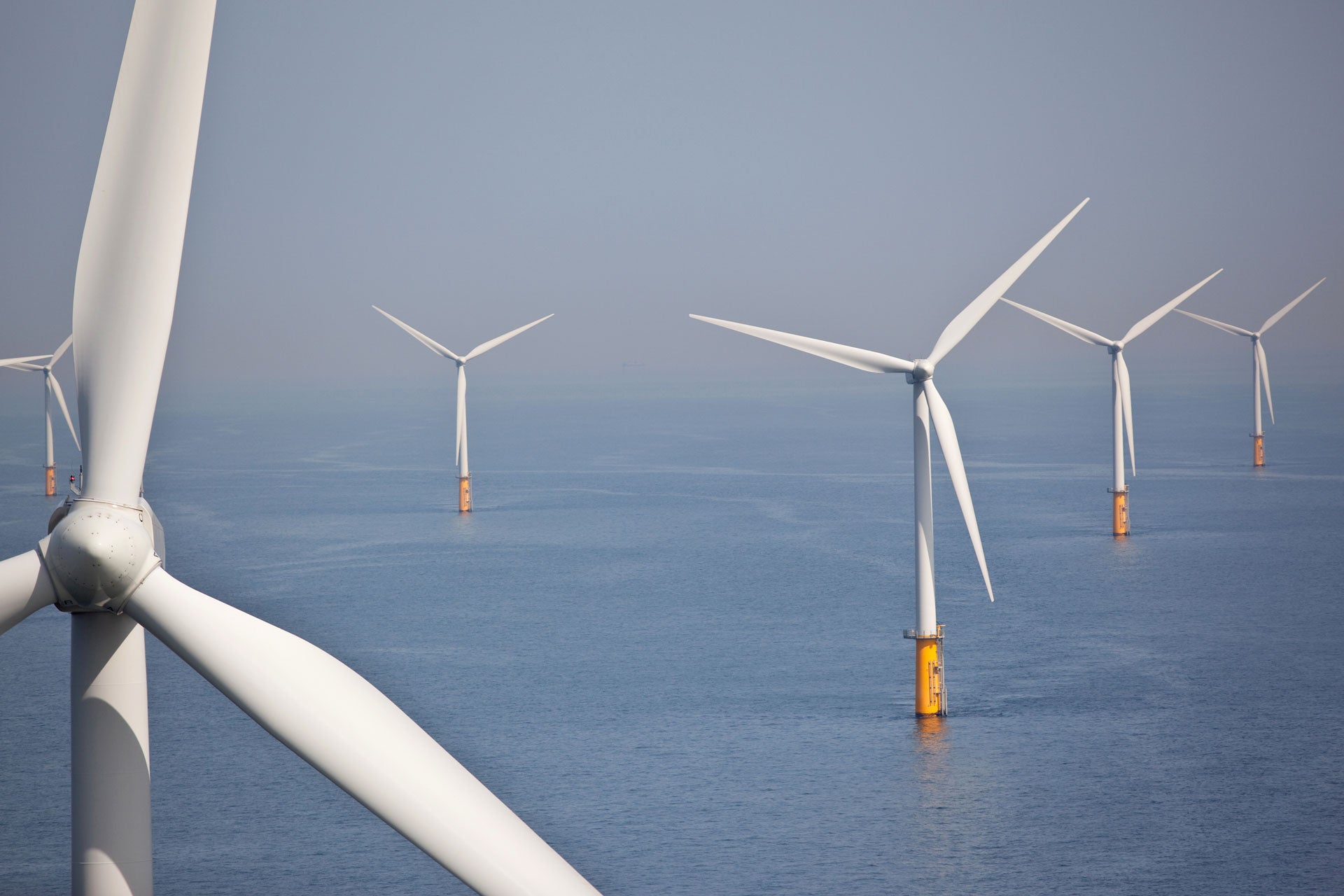
A cross-sector project launched in the UK today is set to see humans replaced by robots and drones on offshore wind farm inspection and repair, creating the first fully autonomous system of its kind in the world.
The project, which brings together eight organisations from across industry and academia, will include autonomous vessels, aerial drones and crawling repair robots. Together these will be able to inspect wind turbine blades, identify any problems and perform repairs entirely autonomously.

Access deeper industry intelligence
Experience unmatched clarity with a single platform that combines unique data, AI, and human expertise.
The system, which is named Multi-Platform Inspection, Maintenance and Repair in Extreme Environments (MIMRee), has the potential to save significant time and money, by both reducing the costs associated with inspections and the amount of downtime involved.
At present, offshore wind farms are inspected and repaired by crews of rope access technicians, who are taken to the sites using crew transfer vessels, and have to perform work in extreme weather conditions. This requires the turbines to be taken offline while the work is undertaken.
Together these costs make up one of the biggest costs associated with the operation of offshore wind farms, meaning the project could save an individual wind farm £26m over the duration of its operational lifetime.
Developing an autonomous offshore wind farm repair system
While there is considerable work to be done to make the MIMRee project a reality, many of the individual components have already been created.

US Tariffs are shifting - will you react or anticipate?
Don’t let policy changes catch you off guard. Stay proactive with real-time data and expert analysis.
By GlobalDataThe Halcyon autonomous vessel has already been created by Thales, while a drone system is being developed by Dr Tom Richardson at the University of Bristol. Meanwhile, BladeBUG, a six-legged repair robot that can crawl up and along turbines, has been invented by Chris Cieslak.
The focus of this project, which has been awarded £4m, will be to develop an overall autonomous system that connects these different elements so that the system can operate autonomously.
“We will be working closely with a group of offshore wind technicians to create personas for the robots and map the tasks that will turn a human-led mission into an autonomous operation,” explained Dr Sara Bernardini from Royal Holloway University of London, who is developing a human-machine interface for the project.
“Testing and consultation with technicians will be crucial to designing the interface for remote monitoring and intervention and understanding how to deal with the unexpected in a mission.”
If the project is successful, future offshore wind farm repair will see autonomous vessels planning missions and delivering drones and robots to conduct them. The drones will conduct detailed scans of the blades, before the robots are dispatched to perform repairs as needed.
“The moment when an autonomous mothership and robotic crew sail in UK waters will be a world-first – and likely a game-changer for the offshore, oil and gas and defence industries too,” said Martin Bourton, principal project leader at Plant Integrity.
“Some of the technologies are more fully-developed, such as the autonomous vessel, but robotics is at a more experimental stage. While the focus is on solving vital problems for the offshore wind industry, we’d expect to see a lot more insights and applications emerging as we test different combinations of mechanics, sensors and robotic intelligence.”
The project, which will be conducted over the next two years, will bring together The University of Bristol, The University of Manchester, Royal Holloway, The University of London and The Royal College of Art alongside industry partners Plant Integrity, Offshore Renewable Energy Catapult, Thales and Wootzano.
Read more: Scotland wind farms must be ‘repowered’ to prepare for the future







